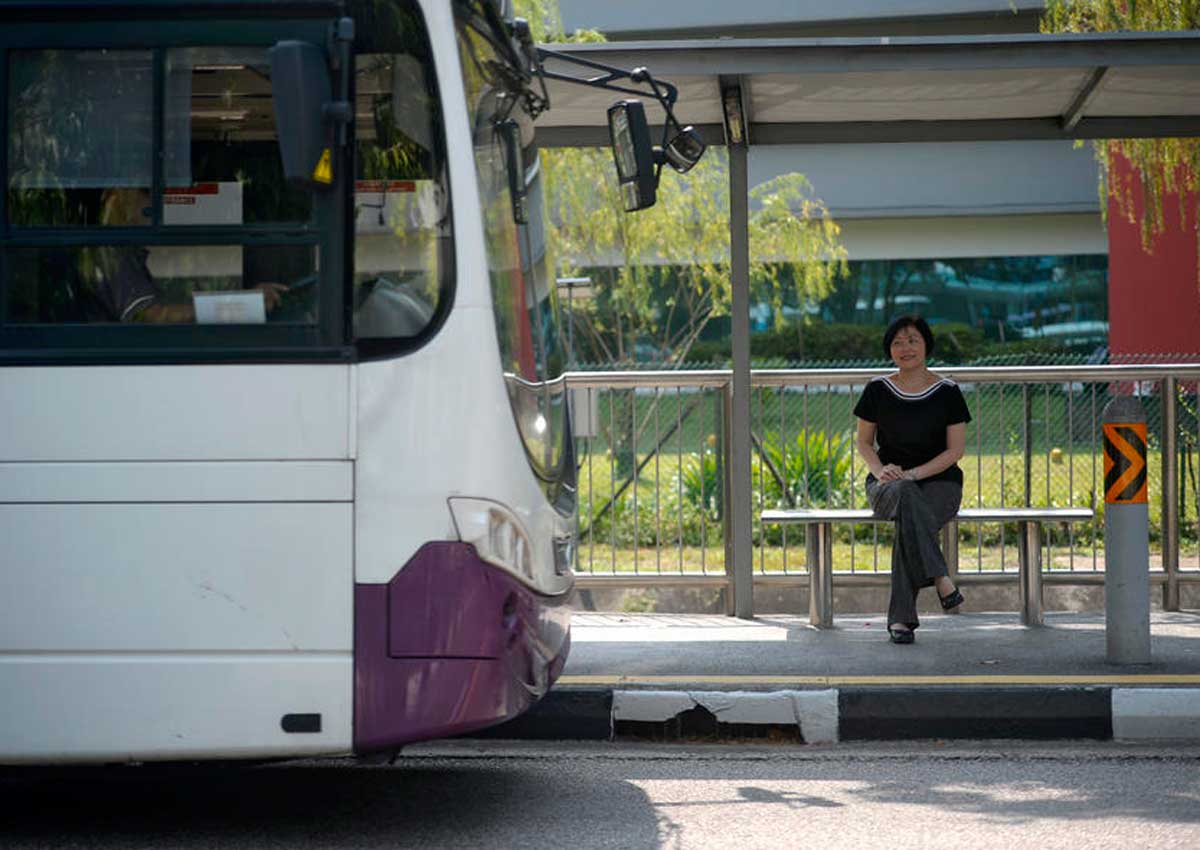A new division in the Land Transport Authority (LTA) will ensure a smooth handover of buses and services from incumbent operators to new players.
The Bus Transition Management Division was formed in July last year to make sure that commuters are not inconvenienced by the transfers.
Anglo-Australian firm Tower Transit, one of two new players, will take over some bus routes from incumbents SMRT and SBS Transit as early as May, but the exact date has not been announced.
The new LTA unit has to work quickly on the night of the handover as it has only a window of about five hours, from the moment the first bus that has completed its service pulls into the depot at around 11pm till the start of the next day’s service at 4.30am.
Among other things, the division has to ensure that the electronic systems on the buses, such as that for fare collection, are updated to reflect Tower Transit as the new owner and that buses are signed off by existing operators to TowerTransit.
“The night of the cutover will be like a production line,” Ms Joyce Tay, the division’s deputy director, said of the handover.
Under a new contracting regime, buses and infrastructure are owned by the Government, with routes tendered out to operators, which will focus on service standards.
Tower Transit will start operating the first nine of 26 services it has been contracted to run in the western part of the island. It won the first government bus tender in May last year, effectively breaking the three-decade duopoly held by SBS Transit and SMRT.
British firm Go-Ahead clinched the second package in November and will start operations in the third quarter of this year.
In the lead-up to the big day, the new division has been working with Tower Transit, to make sure that its bus captains have the required vocational licences and are competent in operating the systems on the buses.
LTA is also checking the bus schedules planned by Tower Transit. Under the contracting model, commuters can expect higher service levels, as operators are expected to run all buses with intervals of no more than 15 minutes during both the morning and evening peak periods.
While various departments in the LTA’s public transport group specialise in areas from looking after bus assets to fleet management systems and ticketing, the Bus Transition Management Division coordinates the entire effort.
Said Ms Tay: “All of them are executing towards the transition. My team makes sure that while each is doing its own work, we are piecing the puzzle together. We are the catalyst in moving for the change.”
A smooth transition will be one unseen by commuters, as the hard work is done behind the scenes.
Ms Tay said: “The most important (thing) is that we will minimise any disruptions to commuters, and they will continue to see their buses on the roads.”

This article was first published on March 21, 2016.
Get a copy of The Straits Times or go to straitstimes.com for more stories.























